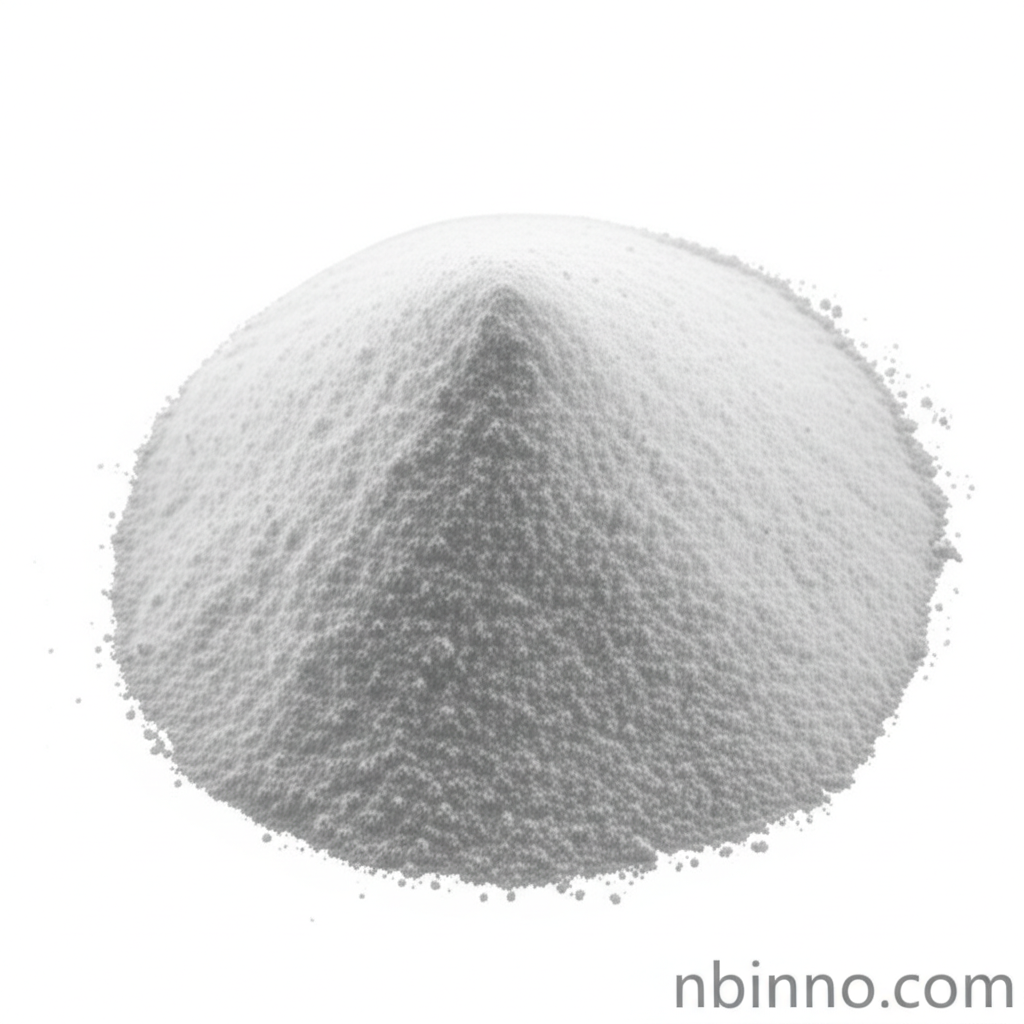1,3-Bis(4,5-dihydro-2-oxazolyl)benzene: Enhancing Polymer Performance
Discover the versatile capabilities of this key organic intermediate for advanced polymer modification and applications.
Get a Quote & SampleProduct Core Value

1,3-Bis(4,5-dihydro-2-oxazolyl)benzene
This compound, identified by CAS number 34052-90-9, is a vital organic reaction intermediate. Its unique chemical structure allows for effective ring-opening reactions with various functional groups like carboxyl, anhydride, amino, and epoxy. This reactivity makes it an indispensable tool for polymer modification, enabling it to function as a chain extender, crosslinker, compatibilizer, and acid scavenger.
- Leveraging its properties as a chain extender for polymers, this compound significantly improves material properties.
- As a crosslinker for polymers, it enhances the structural integrity and thermal stability of polymeric materials.
- Its role as a compatibilizer aids in blending immiscible polymers, leading to improved material performance.
- Functioning as an acid scavenger for polymers, it contributes to the longevity and stability of plastic products.
Key Advantages
Enhanced Polymer Properties
Utilize 1,3-Bis(4,5-dihydro-2-oxazolyl)benzene to achieve superior polymer modification, including improved mechanical strength and thermal resistance.
Versatile Chemical Reactivity
Its active chemical nature facilitates a broad range of applications, from chain extension to acting as an acid scavenger for polymers.
Broad Industrial Applicability
This compound serves as a critical component in various industrial processes, contributing to the development of high-performance materials.
Key Applications
Polymer Chain Extension
Enhance the molecular weight and properties of polymers through effective chain extension using this specialized intermediate.
Polymer Crosslinking
Improve the thermal and mechanical stability of polymers by employing this compound as a crosslinker for enhanced performance.
Material Compatibilization
Achieve better miscibility and performance in polymer blends by using its compatibilizing properties.
Acid Scavenging
Protect polymers from degradation by utilizing its function as an acid scavenger, prolonging product life.
